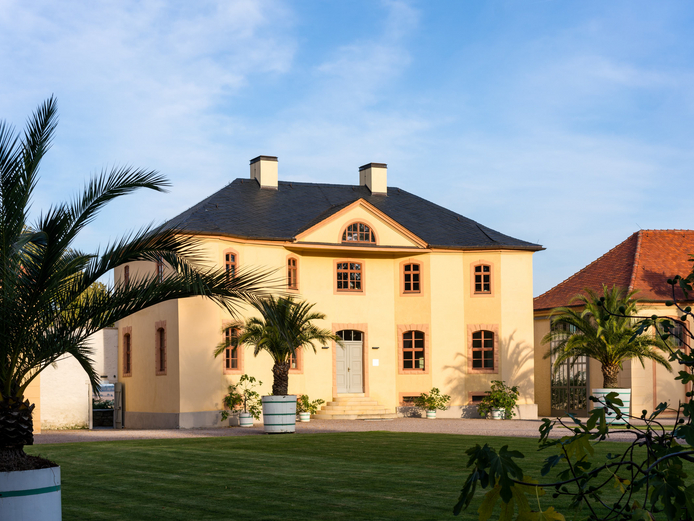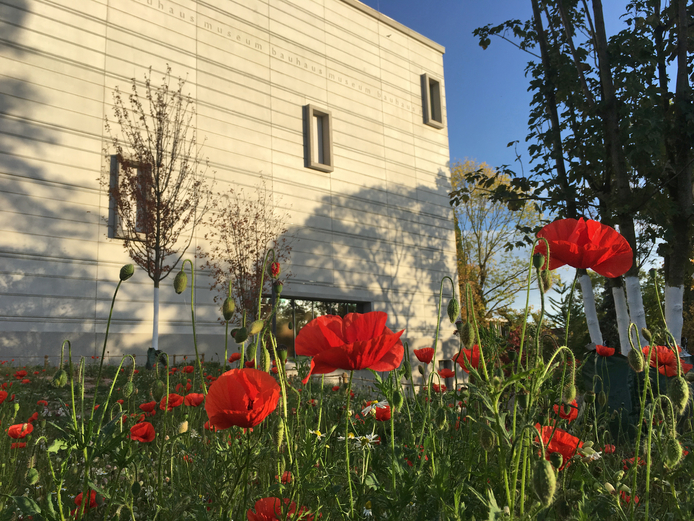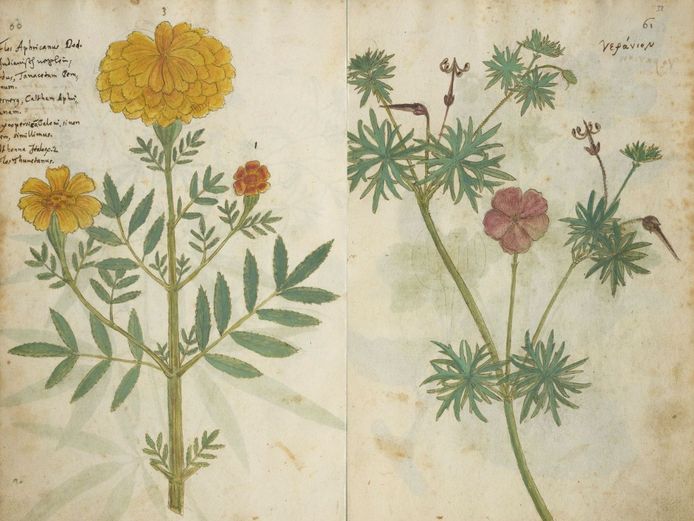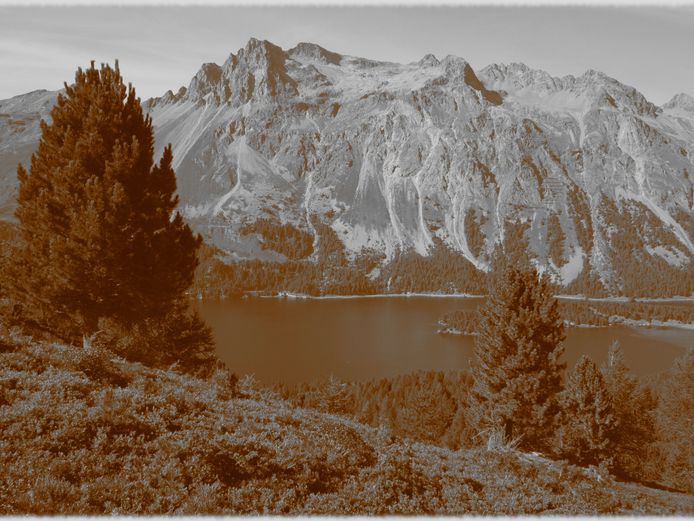Projects of the Klassik Stiftung Weimar are funded by the European Regional Development Fund (ERDF) and the Free State of Thuringia, represented by the State Chancellery of Thuringia, Department of Culture and the Arts.


“‘I hate nature!’. Humans, Nature, Future” is the opening exhibition of the 2021 theme-based programme “New Nature” of the Klassik Stiftung Weimar.
In reference to a quote by Thomas Bernhard, the motto and title of the exhibition stand in stark contrast to our appreciation of our idyllic parks and gardens. In the exhibition, nature is depicted as a powerful, menacing and violent force, in endless battle with humans who beat it into submission and who, in turn, are inevitably crushed by it. The exhibits are divided into three formats: works of contemporary art, media-rendered literary texts and objects from the holdings of the Klassik Stiftung Weimar and international collections.
With this exhibition, the Klassik Stiftung Weimar addresses themes of contemporary relevance, e.g. the influence of humans on nature, as well as the future of nature, which in many ways is the same future that we humans share. It applies innovative and interactive artistic-medial concepts and encourages active participation. As the title implies, the exhibition hopes to stir up controversy and spark lively discussions.
The park models will be displayed on the ground floor of the west pavilion of Belvedere Castle and Park and on the basement level of the Roman House. The models highlight the relationship between park architecture and their landscape design. BUGA guests and park visitors will be able to gain a first impression of the park concepts and use the models to help orient themselves in the parks. By means of additional media presentation tools, such as projections and screens, the models shed light on the historical development of the park grounds and enable visitors to interactively explore their relationships to historical figures, events and locations.

starts 5 June | Belvedere Castle and Park, gardener’s cottage
The exhibition in the gardener’s cottage is the first to present a contemporary depiction of the plant collections at Belvedere, the work of the gardener families and the development of the Orangery buildings in the Castle Park since 1730. The presentation offers an overview of how the cultivation and culture of the Orangery in Weimar has developed over the past 300 years. In a wide-spanning arc, it links the significance of exotic plants as a status symbol and the cultivation of plant collections to the garden art ambitions of the gardener families and the botanical research endeavours of Duke Carl August around 1800. It also presents various strategies applied by gardeners today in response to a changing climate.

17 April – 9 August 2021 | Bauhaus Museum Weimar, Project Room B
This exhibition presents works from the exquisite Bauhaus Collection of the Klassik Stiftung Weimar, including some 40 drawings and graphic artworks that highlight Feininger’s love of nature, Thuringian villages and churches in Gelmeroda, Mellingen, Lehnstedt and Tröbsdorf. Feininger was an avid cyclist, and even before his time at the Bauhaus, had illustrated numerous “Nature Notes” inspired by his bike tours through the Weimar region.
The exhibition supplements the three paintings on permanent display in the Bauhaus Museum: “Dröbsdorf” (1927), “Church in Gelmeroda” (1928) and “Head in Architecture” (1917).
17 April – 1 November | Herzogin Anna Amalia Bibliothek (HAAB), Study Centre
The presentation at the Herzogin Anna Amalia Bibliothek (HAAB) dedicated to the 2021 theme-based programme “New Nature” features an outstanding item from the library’s manuscript collection, the so-called “Codex Kentmanus”. The impressive tome from the 16th century contains several natural scientific manuscripts written by the Saxon doctor Johannes Kentmann and his son Theophilus. The codex is richly illustrated with more than 400 pictures of flora and fauna.


Nature played an vital role in Friedrich Nietzsche’s life and works. Pondering craggy cliff walls, wandering through dense woods, or gazing upon the vast expanse of the sea, the philosopher frequently sought and found clarity of mind. On his long walks, he formulated his famously eloquent aphorisms and refused “to lend credence to any thought not born under the open sky” (Ecce homo). This exhibition presents those landscapes which inspired Nietzsche to write his most important works, such as Thus Spoke Zarathustra. The photos are accompanied by impressive quotes on nature and philosophy under the open sky.
The Belgian art reformer Henry van de Velde found inspiration in blossoms, shells and insects. His vases contain references to jellyfish or squid, and his ornamentation, blossoming flowers. This exhibition of around 20 ceramic works showcases Van de Velde’s fascination with nature and underscores the influence of the natural scientist Ernst Haeckel of Jena on new Jugendstil designs.

10 September – 19 December 2021 | Goethe- und Schiller-Archiv, middle room
More information will be posted here shortly.
![[Translate to English:] Goethe- und Schiller-Archiv [Translate to English:] Streuobstwiese vor dem Goethe- und Schiller-Archiv](/assets/media/8/7/csm_weimar_goethe_schiller_archiv_6c98b7b6d6.jpg)